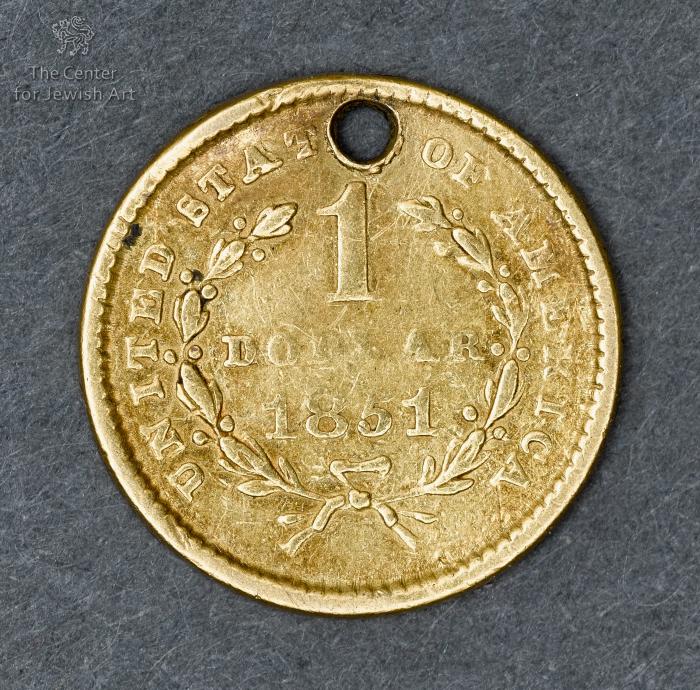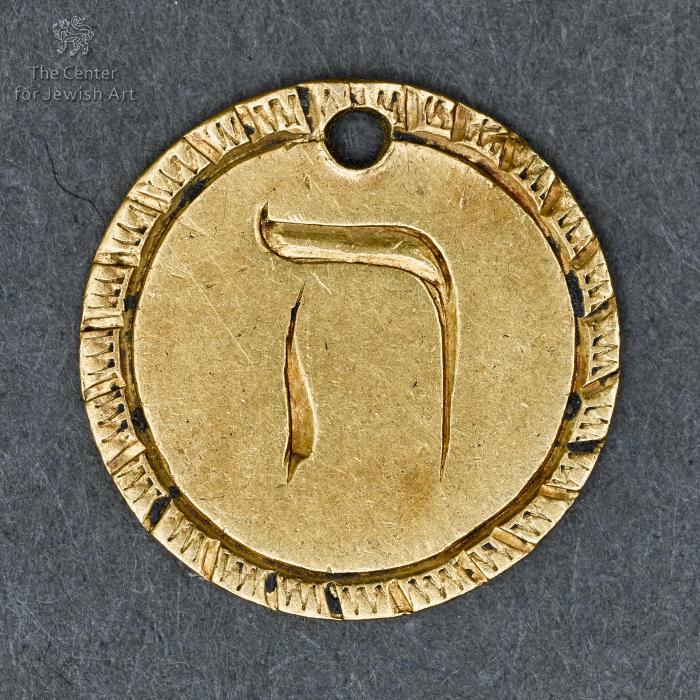Obj. ID: 36914 Amulet, Germany, circa 1875

sub-set tree:
The following description was prepared by William Gross:
From earliest times, man has tried to protect himself from misfortune by the use of objects which he considered holy or otherwise (e.g., magically) potent. Amulets and talismans are items generally worn around the neck or wrist, carried in a pocket or purse or hung on a wall. They are meant to protect or aid those who carried or wore them. The Hebrew word for amulet, kame‘a, has the root meaning "to bind". Jewish amulets are usually comprised of texts (either letters or graphic symbols) that are inscribed on some sort of material; some may also contain plant matter or precious stones. The texts of amulets usually include holy names that are believed to have the ability to affect reality, along with incantations summoning angels or other magical powers. For the most part, an amulet has a specific purpose: to ease childbirth, facilitate recovery from illness, improve one’s livelihood, and so on, but in the modern world many are also made for general protection.
In Germany there existed a custom of "heh" amulets for young infants. A coin would be engraved with the letter "heh", a hold drilled in the coin and the coin hung on a hanging thread for use around the baby's neck. The specific reasons for the creation of such amulets is not clear, although they may be related to "heh" amulets from Galicia which were fashioned for male babies who, for whatever reason, were not able to be redeemed in the "Pidyon Ha-ben" ceremony on time. While such amulets are generally found on German coins starting in the 18th century, they are also found on American coins from the 19th and 20th centuries, perhaps reflecting the immigration of German Jews to America and their preservation of their special customs. The use of a gold coin, as in the present example that is engraved on an 1852 gold us dollar, is almost unknown.
Inscription: "Heh"





